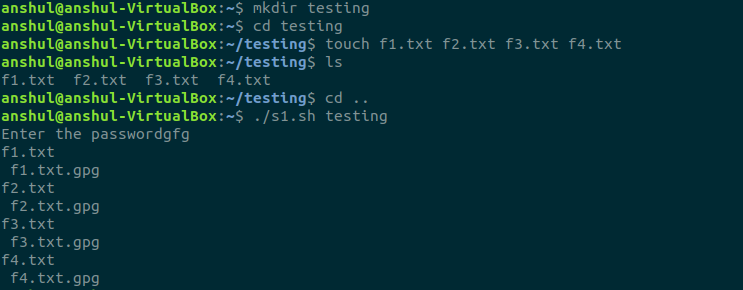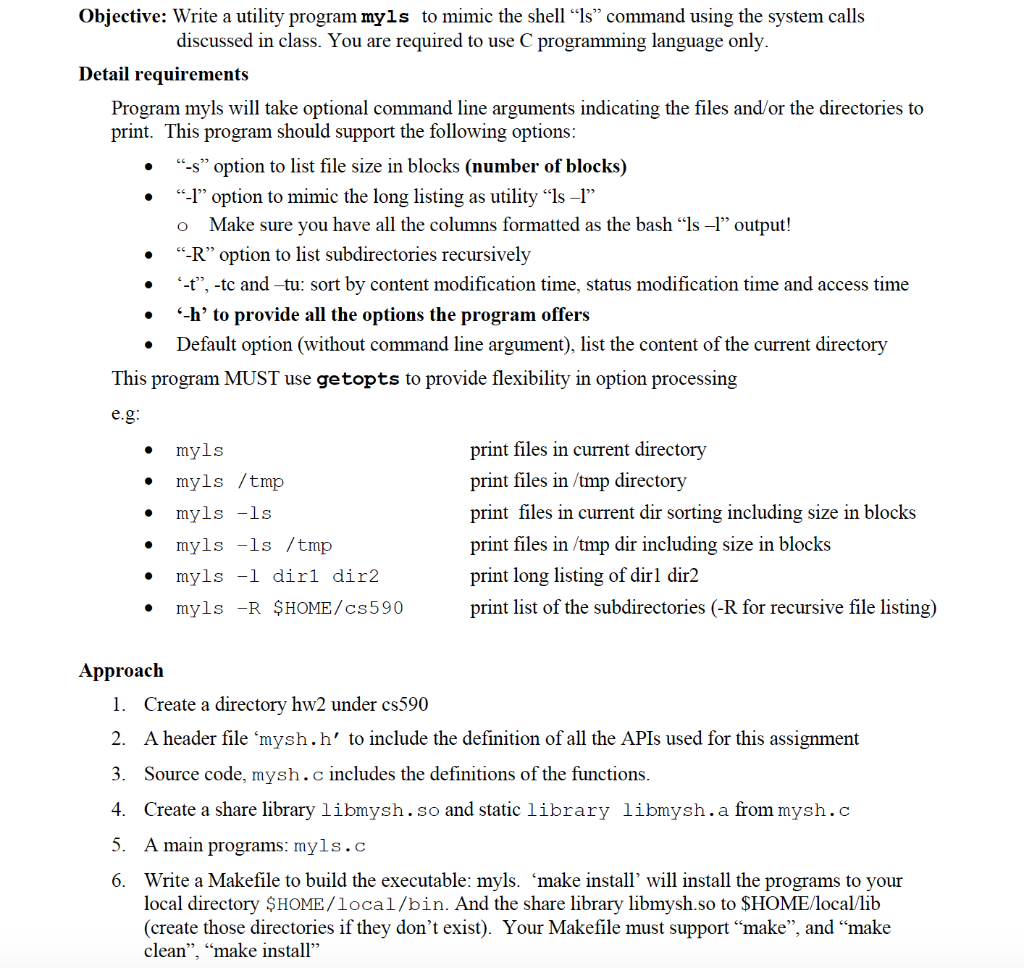

These are additional arguments to the command that modify the way it operates. The ls command, for example, must be typed in lowercase letters, as shown above.įor a more detailed listing of the directory contents, we can specify command-line options, also known as switches. The most basic way to see all of these files is with the ls command type ls at the command prompt and press Enter.Īs shown above, the ls command lists the contents of the directory and places us at another command prompt.Īll commands and file names in Unix and Linux are case-sensitive. We should start by listing the files are in our home directory. If logged in as root (the superuser), this character changes to a #. When you start a shell session, this is the directory you begin working, by default.Ī special character which indicates that we do not have superuser privileges. The tilde (" ~") is a special character which represents our home directory. The colon is the character that separates the hostname and the working directory. Your at symbol separates the username and hostname. Here are what the individual parts of the prompt mean: yourname Specifically, it tells us who we are ( username) and where we are (what system we are using and our working directory). The prompt can be configured to be anything you like, but by default, it looks like our example. Let's look at this command prompt closely. These examples are all performed using the Bourne-Again Shell ( bash), which is the default command-line shell on Linux. When you launch the terminal emulator, you are presented with a command prompt.
#List directory contents c shell how to#
If you cannot figure out how to launch your terminal emulator, see the documentation for your particular operating system, and search for "terminal".
#List directory contents c shell windows#
(The Super Key is usually the first key to the left of the spacebar, also known as the Windows key). On many versions of Linux, pressing the Super Key and T at the same time is the default hotkey for launching a terminal.Here, the Accessories menu would also have an option for running the terminal.

Below is what that menu looks like, after right-clicking anywhere on the desktop. For instance, the right-click menu in Crunchbang Linux has a "Terminal" option. With many window managers, right-clicking the desktop shows a menu with a terminal option.

If you are using a Linux distribution, it may boot into X Window System (or "X"), which allows you to run programs in separate windows and interact with them using the mouse. The most common way to access the command-line shell uses a terminal emulator. Technically, your operating system's GUI is also a "shell," but the command line is frequently referred to casually as "the shell." How do I get into the command-line shell? The user interface is known as a "shell" because it's the outer layer separating you from the innermost parts of the operating system, called the kernel. The command line, once you get used to it, allows you to control your system with greater efficiency and precision than with a GUI. However, using the command line, this operation can be performed using a single command: Using a GUI, you could select the icons representing your files, drag them to another folder, and drop them there to move them. For example, let's take something you need to do all the time: move files around in your file system. When communicating with your operating system, anything you can do with a GUI can be done at the command line. How do I get into the command-line shell?.


 0 kommentar(er)
0 kommentar(er)
